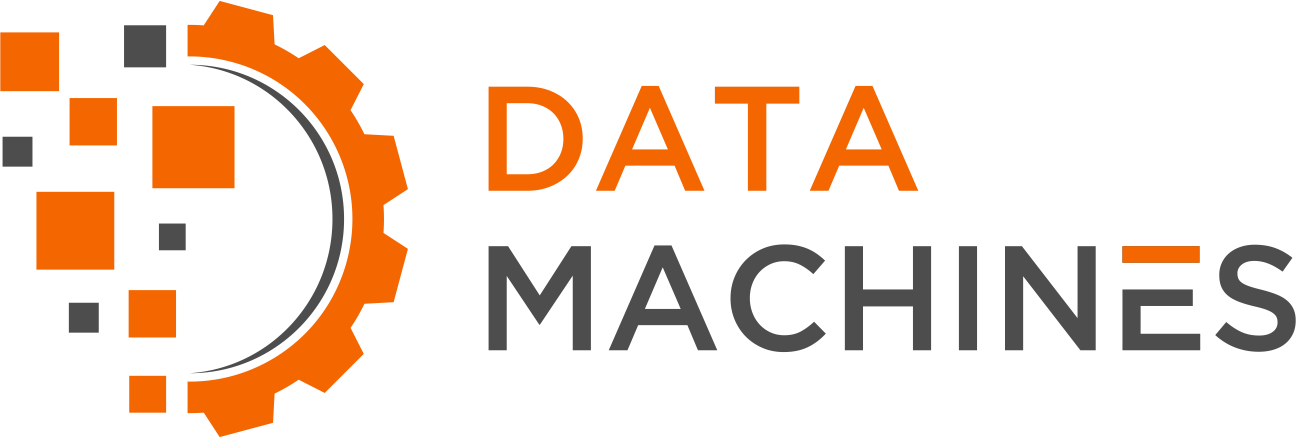Why Learn Python
Every expert has to start somewhere with a basic foundation, and this is what usually gets them into more complex skill sets. After that, the basics can be easily forgotten, as they are sometimes deemed no longer useful. But, what if something basic could also apply in more complicated situations?
Python is one of those basics. In coding, it is likely the first programming language you will learn. But, unlike other basic skills, Python is actually considered useful, no matter what level of expertise you have in the programming field. If you’re aspiring to become a programmer, consider learning Python to get you started for the following reasons.
It’s a foundational language that is easy to learn. The Internet contains millions of resources on how to learn Python and how to use it in various settings, from computer programming to implementing mods in video games. Contributor Naushad of the “Data Driven Investor” points out that the reason Python is easiest to learn is because it does not require the complicated syntax of other languages, such as Java and C++. Rather than create a long series of strings to have your computer print one phrase, all you need to do is command it to “print” a line and then push “Enter”. And because it is so simple to use, that also means it is easier to read. Not only are the commands shorter, but they are marked by a structure of constant indentation, making each line stand out. This makes it easier to review what commands you have already given and what errors or typos you might have made that could keep you from receiving desired results. In addition, Python requires simple commands to run, rather than lengthy, near-incomprehensible strings. This is proven in Google’s “Hello, World” Python tutorial, which trains its learner in the simple art of calling commands and receiving their results. That said, more time is saved with Python’s simpler syntax and command lines.
It contains varying dialects that can run in other scripts and provide different functions. In every country, there are always branch-off dialects and slang that are mainly understood by those local to that area. Creative and experimental programmers have taken Python’s fundamentals and combined them with other programming languages to create combination languages (sort of like regional languages we use), capable of running in browsers and other scripting platforms. For instance, both IronPython and Jython involve running Python code through C++ and Java respectively. These implementations are mainly meant to make coding simpler in the more complex scripters. For example, Brython is basically a version of Python created for Internet browsers to replace the complex syntax of Javascript. This can be seen on the language’s info page, upon right-clicking on the image of a clock and selecting “Inspect”. Rather than a jumbled-up series of strings with complicated functions, we can see short and simple commands that explain how the image came to be. That said, this proves that even more experienced programmers find use in the simplicity of Python, enough for them to want to use as much of it as possible to better simplify coding in other environments.
Python is highly marketable. Because Python is so versatile and helpful in multiple fields, and because it is a programming language used worldwide, employers (especially in the STEM field) are constantly searching for individuals with training in Python. This is because Python’s simple command-and-receive system allows for reliable automation in the tech world. This in turn allows for more time-consuming tasks to be automatically completed while companies mull over and experiment with larger and more unique issues. For example, using Python to automate comparison tasks can make data analysis possible within minutes, or even seconds, rather than the hours it could take with just a human being and a pad of paper. And this task would not just be valuable to the tech industry; any company that studies and utilizes data for consumer purposes would find simple and quick automation both useful and helpful.
It’s open-source. Python is an open-source programming language, meaning it is free and open to the public. This has a few meanings: first, open source means that anyone in the tech community, not just specific companies in big industries, can contribute to the language, adding to it or fixing errors, and keeping it up to date. With this constant supervision in mind, Python is proven to not only be simple to learn and use, but is also proven to be reliable. Similarly, because Python is open to any curious member of the tech community, Python’s open-source nature allows for practical experimentation. And above all else, it’s free to use, so you don’t have to concern yourself with expenses when implementing it.
Python has a permanent place, not only in the tech world, but the world of industry in general. The only main downside to using Python is that it was originally created for a desktop device, and not so much for mobile devices. But, even now, the tech community is trying to change this. Developers have begun creating programs that allow potential programmers to work with Python on Android apps such as Termux. With applications like Termux, a programmer can create an original format for a web page or app with solely their phone. But that is another topic to explore in next week’s post.
